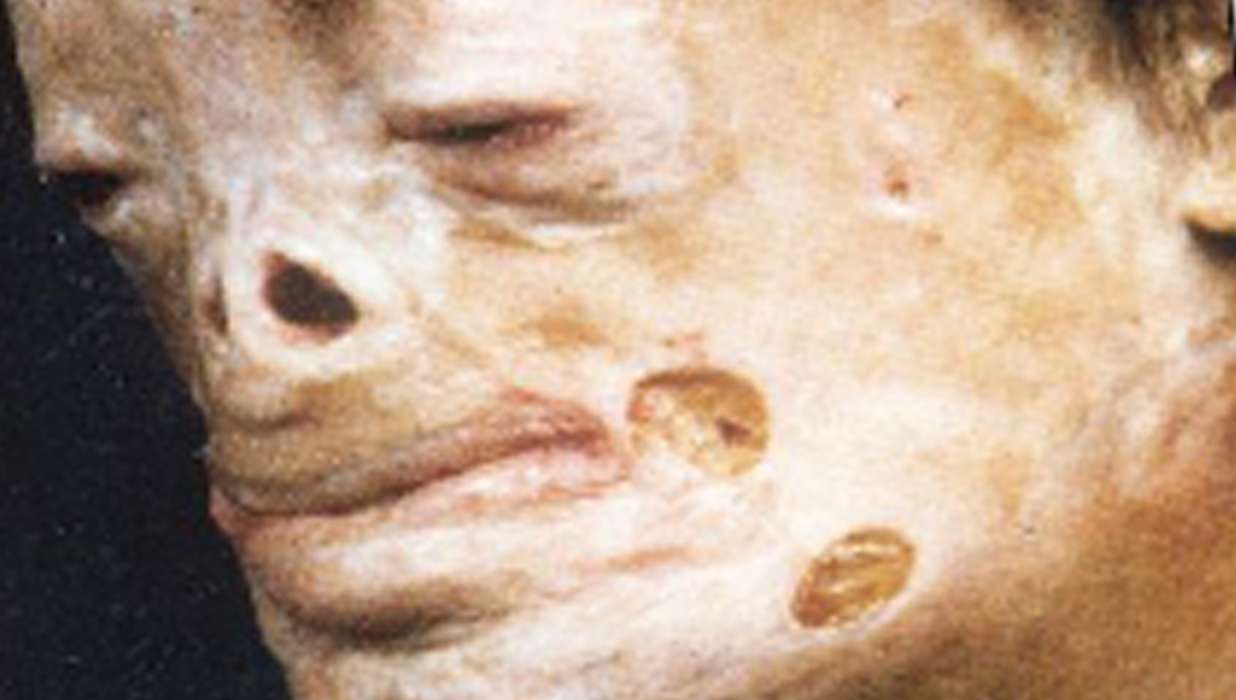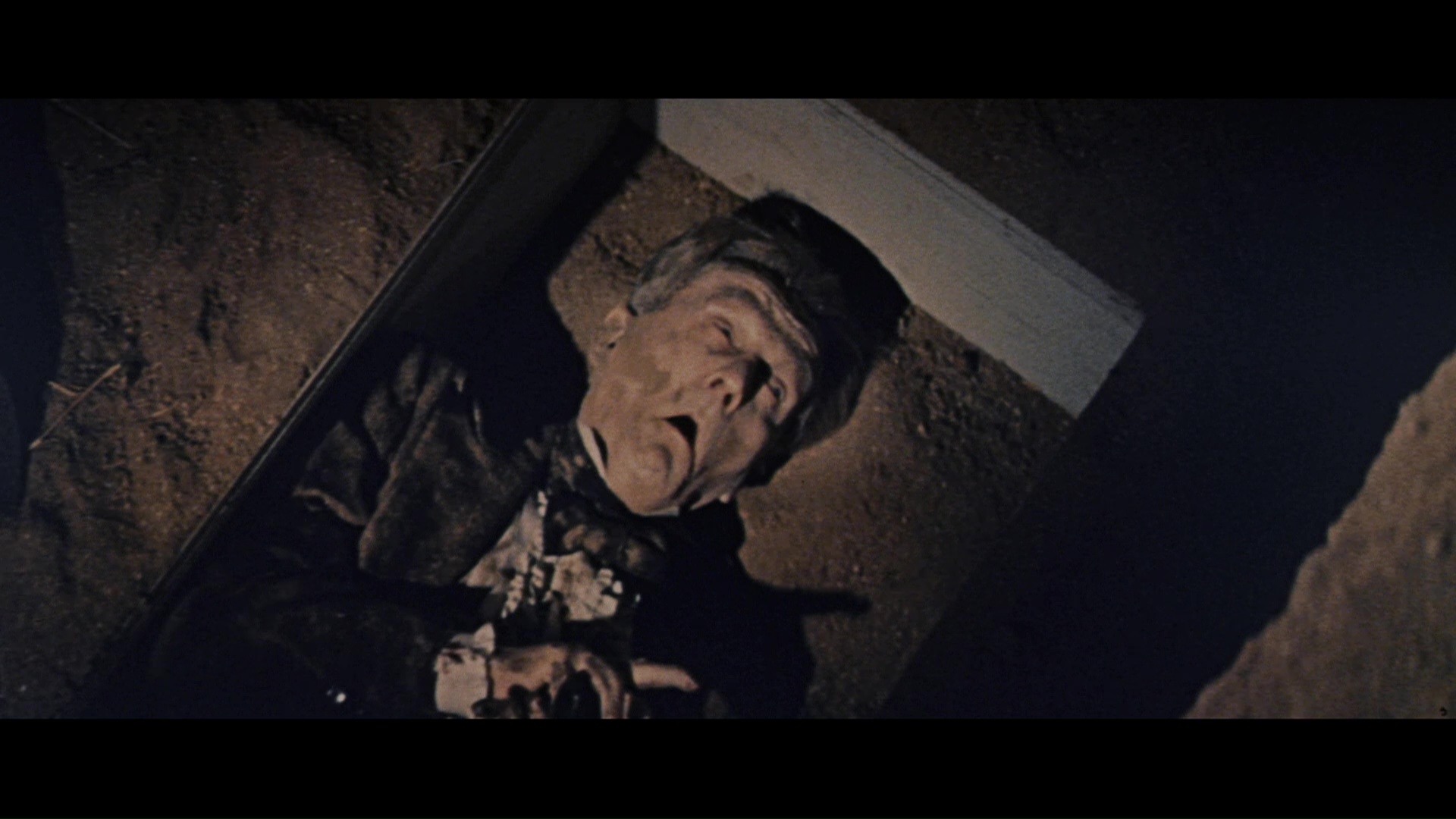Copyright 2020 by Gary L. Pullman
Chillers
and Thrillers has devoted quite a bit of space to several
articles on Tzvetan Todorov's insightful analysis of the literary
fantastic. At this point, despite the oversimplification that
results, we can say, for Todorov, the fantastic usually resolves
itself into the explained and the unexplained. The former he calls
“uncanny”; the latter, “marvelous.” Only when there is no
resolution, one way or another, does the fantastic remain fantastic.
In
our first post in this series, “Ghosts:
A Half-Dozen Explanations,” we include a few examples of each
type of story.
We
also noted that, to write such a story, an author must allow either
of two understandings of the action: either reason or science
can explain the phenomena, bizarre though they may, as natural events
or the strange phenomena are beyond explanation and, as such,
may actually be of an otherworldly or supernatural origin. The
tension between these two alternatives creates and maintains
suspense. It is only when the story shows that the action is natural
(explicable by reason or science) or supernatural (inexplicable by
reason or science) that the story itself is no longer fantastic, but
either uncanny or marvelous, respectively.
It
helps, therefore, to know how scientists explain seemingly fantastic
phenomena, such as (for example) ghosts, vampires, werewolves, and
zombies.
First,
“Vampires:
Fact, Fiction, and Folklore” explains why human vampirism is
unlikely: imbibing blood on a regular basis would probably result in
the imbiber's development “of
haemochromatosis (iron overdose),” which is apt to lead to such
serious health problems as damage to the nervous system and the
liver. Drinking blood for a living is not advised, to say the least!
Another
interesting refutation of human vampirism is mathematical
in nature: If, at the end of a month, a vampire transforms a victim
into a second vampire, and they both then transform two more people
into vampires at the end of the next month, and so on, in two and a
half years, everybody would be a vampire, and there would be no
humans left to supply the blood the bloodsuckers need to survive.
(Math can be pretty scary stuff!)
Although
actual human vampires do not exist (or, at least, there is no proof
that human corpses can be possessed by demons and go about their day
“undead,” without eventually rotting, subsisting only on the
blood of their living brethern—“Happy Meals with legs,” as
Spike, a vampire on Buffy
the Vampire Slayer,
calls his human hosts)—it is true that some people claim
to be vampires; they may even truly believe
that they are vampires.
They
aren't. Here's why.
Porphyria
may explain the belief, by some, in human vampirism. This condition
causes sensitivity to light due to “irregularities in the
production of heme, a chemical in the blood,” which produces
“toxins” that erode “the lips and gums,” creating a
“corpse-like, fanged appearance.”
Another
explanation for the belief in human vampirism is found in some of the
effects of tuberculosis.
This disease causes pale skin, an aversion to sunlight, and the
coughing up of blood due to lung damage. The highly contagious
disease easily spreads from one person to another, a fact which might
explain the belief that vampirism can be “transmitted” from
vampire to victim through a bite.
Catalepsy,
which causes victims to become rigid and immobile, was sometimes
mistaken, in times past, for death, as it is in Edgar Allan Poe's
short stories “The Premature Burial” and “The Fall of the House
of Usher.”
There's
also Renfield's
syndrome, or clinical vampirism, an obsession with drinking
blood. People who suffer from this psychological malady believe that
drinking blood is beneficial to their health. The condition is marked
by stages. First, a prepubescent child is sexually excited by blood
or by consuming blood. Next, at puberty, the child begins to indulge
in sexual fantasies concerning the consumption of blood and starts to
devour his or her own blood; practicing autovampirism. Finally, the
child preys upon animals or, perhaps, other human beings.
Sounds
about as reasonable as anything in Freud, right?
And
it is, which is to say, Renfield's Syndrome is 100-percent fake.
Clinical psychologist Richard Noll invented Renfield's Syndrome as a
parody
of the psychobabble characteristic of the psychiatric and
psychological professions' Diagnostic and Statistical Manual.
In
doing so, Noll seems to have inspired his colleague, Katherine
Ramsland, who
is a professor of forensic psychology at DeSales University in
Pennsylvania, to invent her own “diagnosis,” “vampire
personality disorder (VPD)” for her book The
Science of Vampires.
And now we know how psychology
is actually practiced, behind the scenes.
For
more background reading (i. e., “research”) regarding social
vampirism, check out “The
people who drink blood.”
As
is the case with ghosts, scientific explanations of vampirism suggest
both fictional settings and characters.
Let's
start with characters. Phlebotomists might be advisable, as might
therapists, psychologists, or psychiatrists. (A writer might even
toss in a mathematician or two.) There's certainly a place for a
general practitioner and a few specialists, such as a hematologist, a
neurologist, a pulmonologist, and maybe a dermatologist. There could
even be a journalist or an author writing a series of articles or a
book on vampirism. The police might be involved as well.
Obvious
settings, for scenes if not entire stories, are laboratories; offices
of therapists, psychologists, or psychiatrists; medical doctors'
offices; mental institutions; and, possibly, jails or prisons.
Of
course, thinking outside the box is often one of the things
that distinguishes a writer like Poe from other authors of horror
fiction. For him, a man aboard a ship is one of his victims of
catalepsy, a berth on the ship the victim's actual resting place, and the grave in which
he believes he's been buried alive an effect of his nightmares.
Writers should be aware of their colleagues' treatments of themes and
tropes, but they should also conceive of new treatments,
perspectives, and approaches.
In
our next post, we'll take a peek at what science says about
werewolves.




.jpg/800px-Female_patient_with_melancolie_catalepsy_Wellcome_L0040298_(cropped).jpg)









